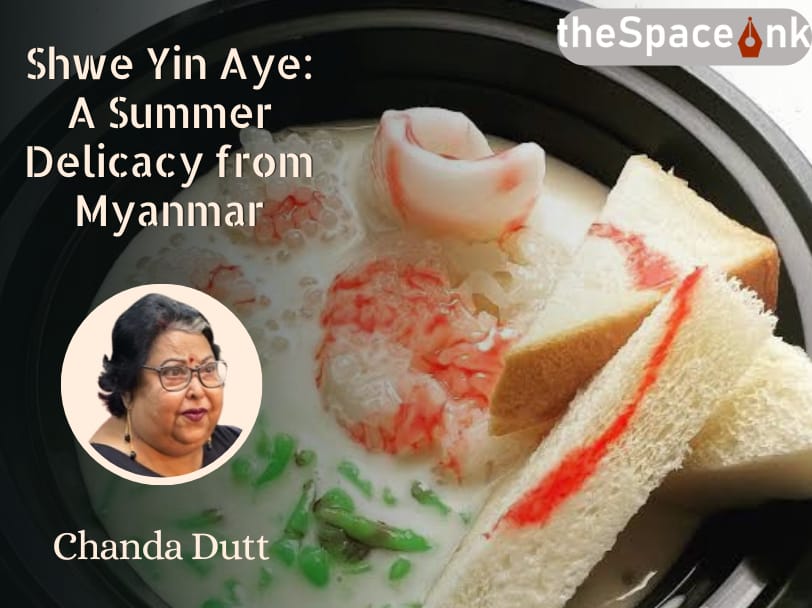The kite runners of Kolkata have always revelled at the prospect of chasing kites every autumn to mark the onset of the festive season in Kolkata. Long before Ganesh Chaturthi became a fad in this part of the country, aesthetic Bengali households have always ushered in the festive season with the first offerings reserved for the god of engineering, Vishwakarma.
The ritual of kite flying is synonymous with the festival of Viswakarma Puja. Many kite runners in the city will tell you how the festival also marks the formal onset of autumn in this part of the country. The bazaars look all colourful with kites and manjas, though the pandemic has brought down sales drastically. Says Shekhar Dutta, a kite seller in Gariahat, “The demand is low. People don’t want to step out and kite flying is not an exciting game for them. They are also scared to allow the children to play kites, since there is this scare of a third wave coupled with reports of children being affected with sudden fever in Jalpaiguri and Murshidabad. Earlier, Vishwakarma Puja meant Durga Puja was just round the corner! There used to be palpable excitement in the mood of the people. But now that is missing!” Yet, quite a few pandals have mushroomed all over the city. Though not many organisers can boast of sky-high budgets, they believe it is enough to keep the spirit of the times.

However, it is interesting to note that this kite flying ritual is particular to Kolkata and some semi-urban areas. The grounds of rural Bengal are covered with paddy at this time of the year. Besides, all the non-agricultural land is muddy owing to the frequent rain showers. Kite flying therefore is more common in these areas during the Makar Sankranti and Saraswati Puja. Independence Day celebrations in India are also marked with kite flying. How the kites became linked to Vishwakarma Puja is debated, but some believe that since Viswakarma the divine engineer designed the air-borne chariots used by the gods, hence the kites.
It is said, the erstwhile Nawab of Awadh, Wajid Ali Shah popularised kite flying in Kolkata. When the exiled Nawab came to Kolkata and finally settled in Metiabruz, he managed to create a ‘Mini Lucknow’ of sorts in the Kolkata suburb. Illahi Baksh, the famous kite maker of Lucknow eventually followed his patron the Nawab to Kolkata and started manufacturing kites in the city. The elites of Lucknow were known to while their time away in ‘Patangbazi’ or flying kites. The Jamghat kite flying festival in Lucknow is still quite popular especially in the older parts of the city. It is celebrated every year on the day following Diwali and both Hindus and Muslims partake in the festivities.
Vishwakarma Puja or Vishwakarma Jayanti is observed in reverence to Lord Vishwakarma, believed to be the divine architect in Hindu mythology. He is believed to have constructed the holy city of Dwarka, as well as the Palace of Illusions or Maya Sabha for the Pandavas. He finds mention in Rig Veda and is credited with Sthapatya Veda, the science of mechanics and architecture. In fact, Lord Vishwakarma is also said to have created the King of Gods, Indra’s Vajra. Falling on Kanya Sankranti of the Hindu calendar, it is generally celebrated on September 17 every year. The eastern states of the country like West Bengal, Jharkhand, Bihar, Odisha, Tripura and Assam observe the day, while Nepal too celebrates it.
In neighbouring Afghanistan, kites are deeply rooted in the cultural fabric. However, kite flying was banned by the Taliban administration. With a resurgence of the same hardline Islamists to power, apprehension is ripe that history might just repeat itself all over again.
A writer, journalist and radio presenter based in Kolkata.








